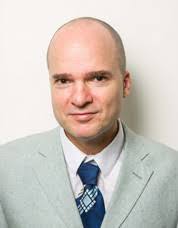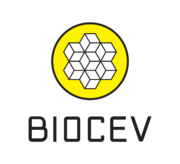
Doc. RNDr. Jan Brábek, Ph.D., leads the Molecular and Cellular Mechanisms of Invasiveness of Tumour Cells group at the BIOCEV centre. He graduated from the Department of Cell Biology, Faculty of Science, Charles University. In 2005, after returning from a “postdoc” at Vanderbilt University in the USA, he and Daniel Rösel founded a laboratory to study the invasiveness of tumour cells at the faculty. Since 2019, he has been testing substances with migrastatic effects. He is a laureate of the Czech Brains – the Invention Award, the Bedřich Hrozný Award and has been awarded twice by the League Against Cancer for important publications in the field. When he is not in the laboratory or is not reading (or during the pandemic he was not supervising the education of his two sons), we can see him in Krč Forest, where he practices the eastern martial art of Sing and Chuan.
Current research
We currently continue analysing mechanisms of cancer cell invasion plasticity. At the same time, in collaboration with medicinal chemists and clinical oncologist we work on development of migrastatic drug candidates and prepare experimental clinical trials with repurposed migrastatic drugs.
What do you find the most fascinating about your research?
The most fascinating is that we work on the development of an entirely novel type of cancer treatment, targeting its most deadly aspect: invasion and metastasis. In case of success, we could convert deadly cancers into chronic diseases, prolonging the life of cancer patients.
Could you describe your experience using Q-Phase?
Using the method of dynamic phase differences provided by Q-Phase, our laboratory in collaboration with Prof. Chmelík’s laboratory described the dynamics of differences in cell mass distribution in mesenchymal and amoeboid tumor cells migrating in a 3D environment. We have also shown, using this method, that some features are common to both modes of invasion. We found that blebbing is enhanced in amoeboid fibrosarcoma cells as they pass through small pores, and that blebbing is occasionally present in mesenchymal-invading cells around nuclei that are compressed by surrounding collagen fibers. We further demonstrated that both the leading processes and leading panicles of invading fibrosarcoma cells are defined by higher cell mass density. In addition, we directly documented the fusion of collagen fibers by the protrusions of mesenchymal fibrosarcoma cells. Thus, the type of non-invasive microscopy presented here offers new insights into cellular events during 3D invasion and contributes significantly to our understanding of this crucial step in the metastatic process.
